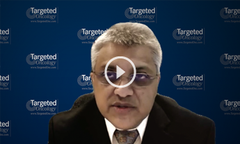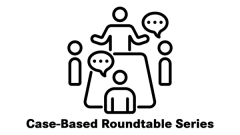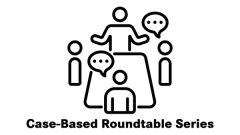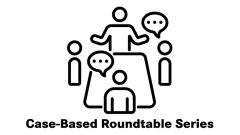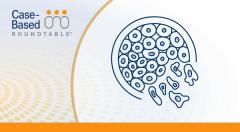
Goals and Efficacy of the MajesTEC-1 Trial in Multiple Myeloma
Thomas G. Martin, MD, discusses the goals and efficacy outcomes of the phase 1/2 MajesTEC-1 trial of teclistamab-cqyv for patients with relapsed/refractory multiple myeloma.
Episodes in this series

Thomas G. Martin, MD, clinical professor of medicine and associate director of the Myeloma Program at the University of California, San Francisco; and coleader of the Cancer Immunology & Immunotherapy Program at the Helen Diller Family Comprehensive Cancer Center, discusses the goals and efficacy outcomes of the phase 1/2 MajesTEC-1 trial (NCT03145181; NCT04557098) of teclistamab-cqyv (Tecvayli) for patients with relapsed/refractory multiple myeloma.
The trial enrolled patients who had previously received at least an anti-CD38 antibody, an immunomodulatory agent (IMiD), and a proteasome inhibitor (PI), with a median of 5 prior lines of therapy. Ninety percent were refractory to their most recent therapy. The primary end point was overall response rate (ORR), whereas secondary end points included duration of response (DOR) and the rate of patients with a very good partial response (VGPR) or better, complete response (CR) or better, stringent CR (sCR) or better, and the rate of negativity for minimal residual disease (MRD).
Teclistamab, a B-cell maturation antigen–targeted bispecific T-cell engager, was given in 2 step-up doses followed by the regular dose level of 1.5 mg/kg weekly by subcutaneous injection until disease progression, unacceptable toxicity, or the end of the study.
Martin says that an early-phase study of a new agent in patients with triple-class refractory multiple myeloma might be expected to have an ORR of between 20% and 30%, but teclistamab performed far better in this study’s efficacy population of 110 patients: the ORR was 61.8%, with 28.2% having a CR or better and 57.3% having a VGPR or better.
TRANSCRIPTION:
0:08 | The key end point for this was ORR, because in fact, when we look at this population and we do any kind of study, any phase 1, any single-agent trial, we typically see an ORR—or we expect to see for agents that are active—anywhere between 20% and 30%. So the primary end point was ORR; there [were] a number of secondary end points including DOR, whether patients had a really good response—a VGPR or better—the number of patients that had CR or better, the number of patients had stringent CR, and they also looked at MRD.
0:47 | In this trial, it was a very heavily pretreated population. So 100% of them had received exposure to the big 3 classes of medicines like we had expected, so PIs, IMiDs, and CD38 antibodies. About 90% are refractory to their last line of therapy. They have [a median of] about 5 prior lines of therapy.
1:14 | The way this medication is given, it's given for safety purposes in step-up doses. So you get 2 step-up doses prior to the first real dose. And then once you have the real dose, it's given weekly thereafter, again, at 1.5 mg/kg. And, in fact, the study showed pretty amazing ORR; it was 62%. It was better than what any of us expected it to be, in fact, so the number of patients [who] are achieving a CR or better was right around 29%, those achieving a sCR was just over 21%, and almost 60% of them had a VGPR or better. So this is a very active drug in this late-line setting.


